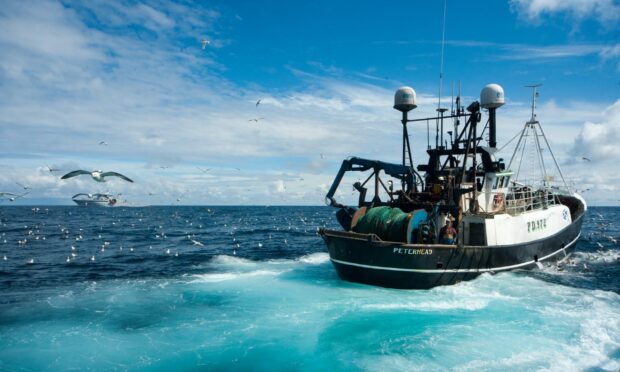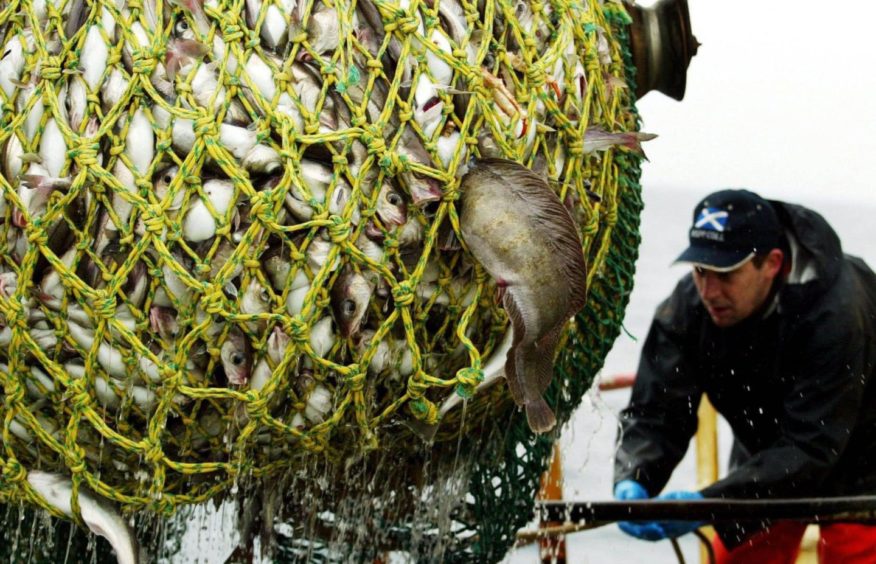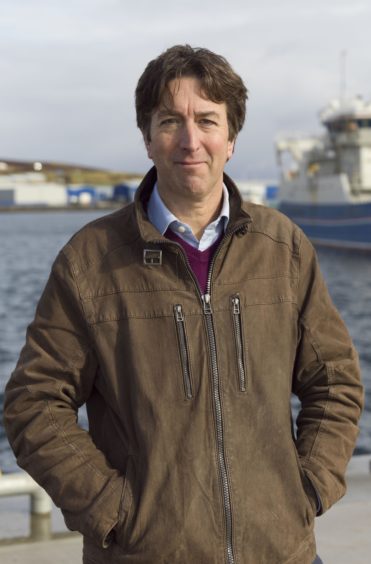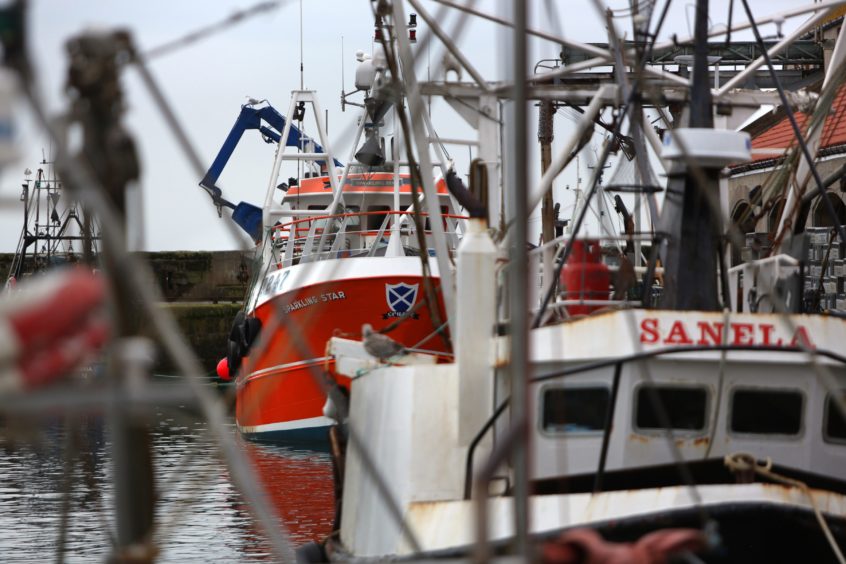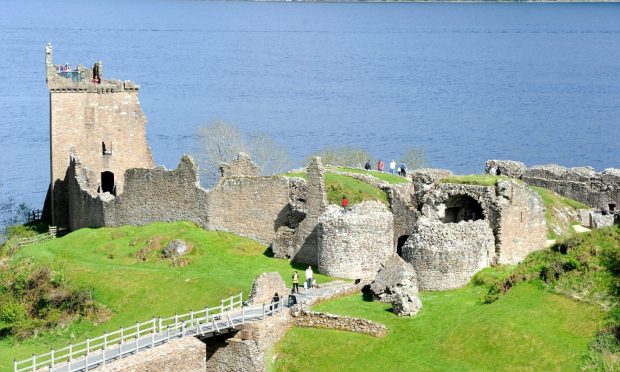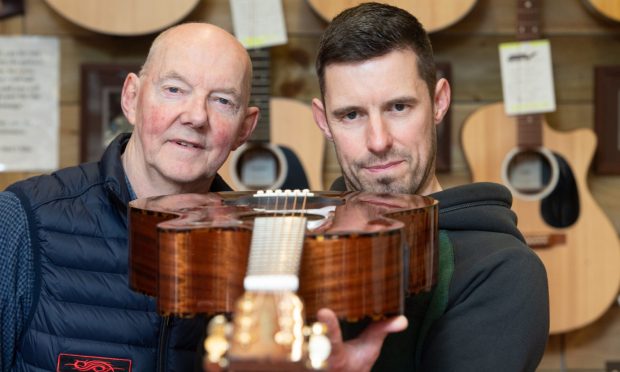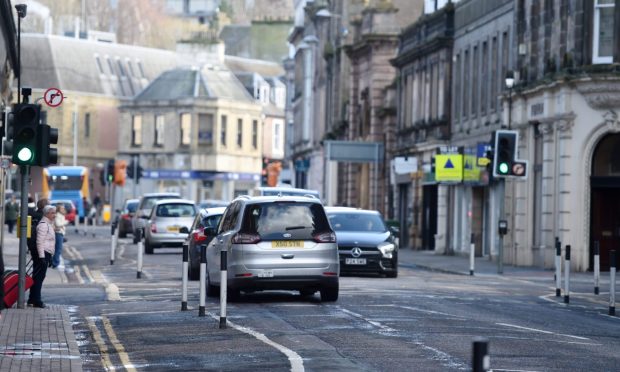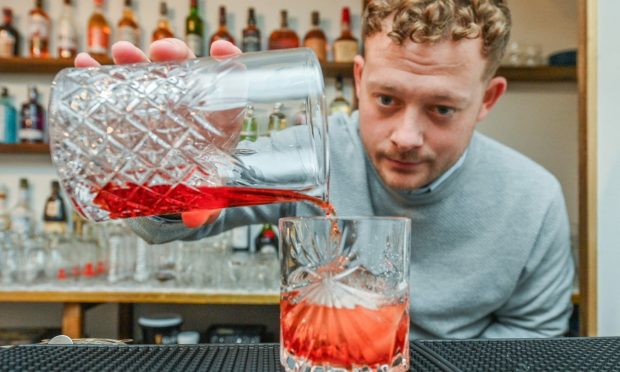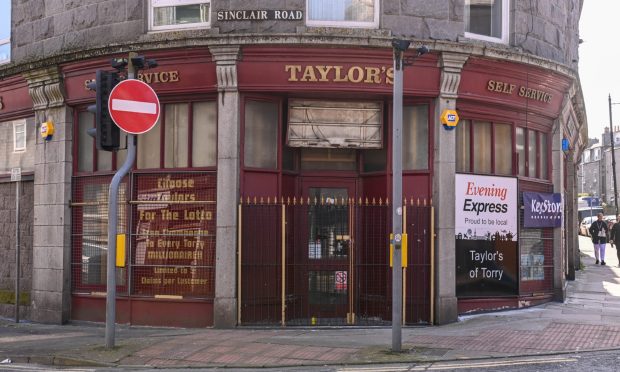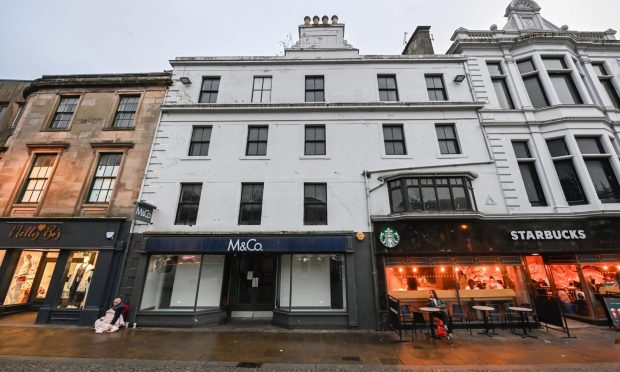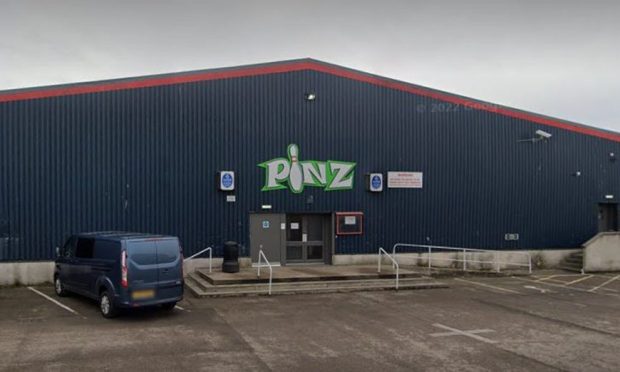Fishers claim bigger, not smaller catches can boost key North Sea stocks and help the Scottish fleet avoid a potentially “devastating” blow from further quota cuts.
The International Council for the Exploration of the Sea (Ices), which advises European governments on how much fish should be caught, based on its latest stock assessments, wants to slash the total allowable catch (TAC) for North Sea cod by 10.3% next year.
Ices’ recommendation for west coast saithe – also known as coley – is for an even deeper cut, of 24%.
At the same time, the organisation is advocating increases of 154% for North Sea and west coast haddock, as well as a 236% jump in the TAC for North Sea whiting.
Scottish Fishermen’s Federation chief executive Elspeth Macdonald has previously described the overall advice package as “desperate news” for the Scottish industry.
Shetland Fishermen’s Association executive officer Simon Collins has looked at Ices’ figures and drawn up different conclusions that would be much less damaging for the fleet.
An increase of 30% in the amount of cod caught in the North Sea next year would still allow the stock to substantially increase in size, Mr Collins said.
And even under a doubling of the TAC for 2022 the cod stock would grow by 24%, he added.
This is our most important white-fish catch, absolutely essential to business survival.”
Simon Collins, Shetland Fishermen’s Association
Mr Collins continued: “This illustrates perfectly the madness of doctrinaire interpretations of scientific output.
“The headline Ices advice of a 10% cut in the cod quota next year is based on the prediction that it will lead to a 53% increase in the stock size in 2023 to 75,000 tonnes.
“Yet a 30% increase, for example, would still result in a 42% increase in stock size to over 70,000 tonnes.
“That’s a difference of just 5,000 tonnes, or 7%, in the stock size, according to Ices. But opting for a cut instead of an increase would have a devastating effect on our fishing fleet.”
North Sea cod quota has already been slashed by 80% over the past two years, which Mr Collins said was despite the fish being “highly abundant in Scottish waters”.
He added: “This is our most important white-fish catch, absolutely essential to business survival, and we are in a position here where even the scientists are telling us that increasing next year’s cod quota will not harm the stock.
“Politicians and fisheries managers must assume their responsibilities and do just that.”
Quotas for 2022 for shared North Sea fisheries will be decided during negotiations between the UK, EU and Norway later this year.
In an analysis paper aimed at highlighting what is at stake for the industry in Scotland, Mr Collins said: “As is usual, Ices has provided advice on a wide range of potential management scenarios – ranging from a zero catch to a tripling of the TAC.
“That shows there are a wide range of options available to fisheries managers, and the differences between their outcomes are relatively small.”
Fishers are already reeling from the impact of Covid-19 – according to seafood industry body Seafish, operating profits across the UK fleet fell by nearly one-fifth (19%) in 2020, to £214 million, as the catch sector grappled with the pandemic and its knock-on effects on supply chains.
Turnover, which had been above £1 billion in each of the previous three years fell by 17% to £843m as UK foodservice and export markets collapsed.
Mixed catch for Scottish fleet after historic fishing talks involving ‘independent’ UK
